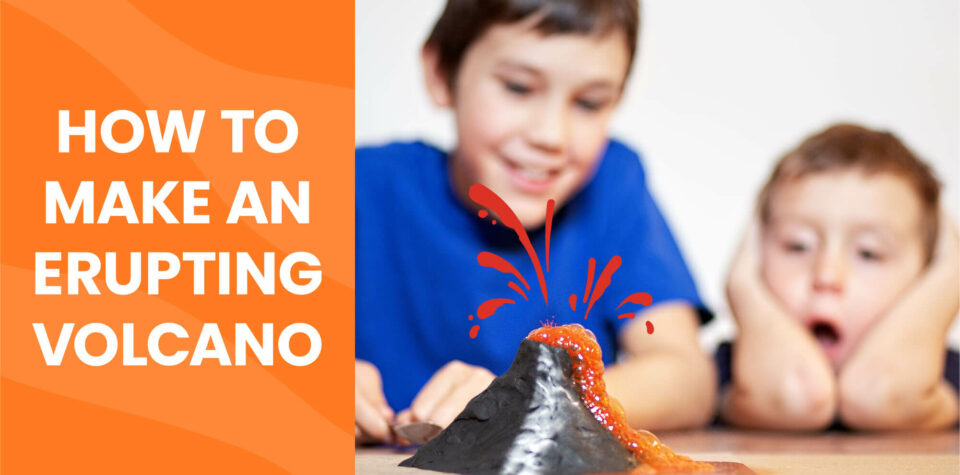
Learn about Volcanoes with This Amazing DIY Experiment
Volcanoes have long fascinated people. They’re big, powerful, and unpredictable (even experts can’t predict exactly when one will erupt)—and many kids think they’re pretty cool.
Even our ancient ancestors were drawn to these mighty, erupting mountains. The Çakallar volcano in Türkiye is home to the “Kula footprints,” a trail of human footprints preserved in wet ash where scientists believe an early human ventured closer to see an eruption in action 4,700 years ago.
As interesting as volcanoes may be, we don’t recommend getting up close and personal with one. Instead, learning how to make their very own volcano allows your child to learn about these awe-inspiring wonders from the comfort and safety of home.
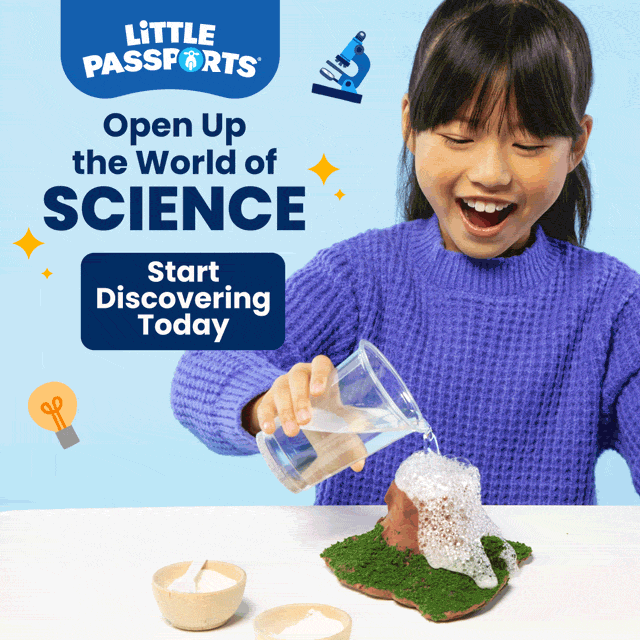
How Do Volcanoes Form?
To understand how volcanoes form, we first need to discuss what’s under our feet. No, not the ground—farther down. Under Earth’s surface are ultrahot liquid and semiliquid rock called magma. It exists in the Earth’s mantle (the mostly solid layer between the hot, solid core and the thin outer crust) and crust (the relatively thin solid layer at the surface of the Earth) and contains a mixture of minerals and gases including water vapor, carbon dioxide, and sulfur.
Sometimes, pressure builds up in magma from expanding gases and other sources. This pressure can force magma through the planet’s surface, creating a volcanic eruption of ash and lava (the term for magma after it breaks through Earth’s outer crust). When lava cools, it becomes a new layer of rock over the eruption site, eventually forming the mountainous land masses we call volcanoes. Volcanoes form very slowly, one eruption at a time. It can take a volcano anywhere from 10,000 to 500,000 years to grow tall. Some volcanoes even start on the ocean floor, eventually growing so big that they rise to the surface and become oceanic islands.
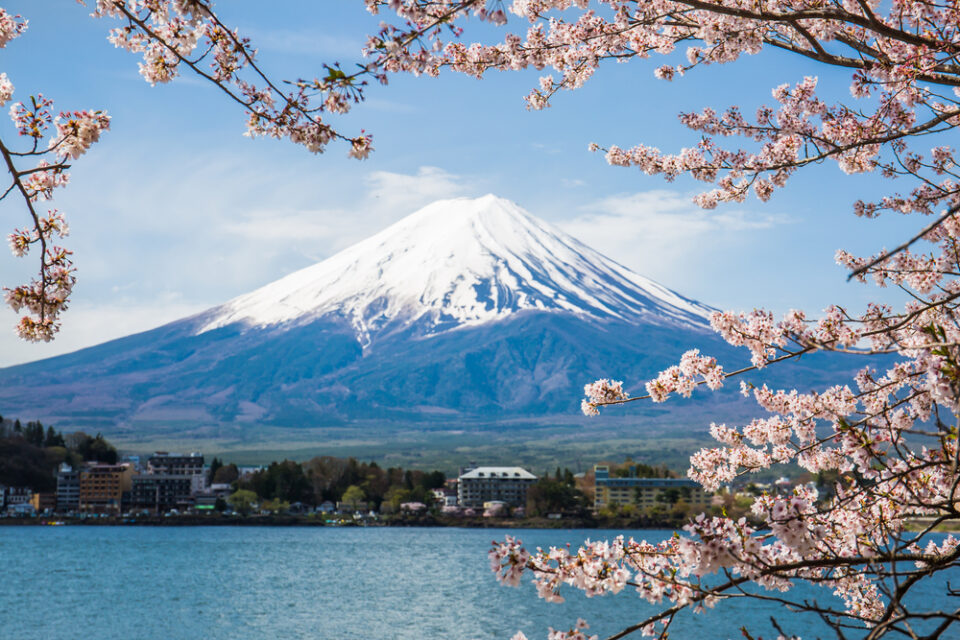
Do All Volcanoes Erupt?
While every volcano forms through eruptions, not all of them continue to erupt. Scientists separate Earth’s volcanoes into three distinct types:
- Active: These volcanoes are expected to erupt soon or are currently erupting. There are approximately 1,350 active volcanoes in the world today. Some have constant explosive activity (like Mount Stromboli in Sicily, Italy), while others have a slow, continuous lava flow (like Mount Kīlauea in Hawai’i, which has been erupting frequently since 1983).
- Dormant: This type of volcano has the potential to erupt but hasn’t erupted for a significant period of time. Volcanologists (scientists who study volcanoes) label a volcano dormant if they believe it could become active in the future., Famous dormant volcanoes include Mount Fuji in Japan (which last erupted in 1707), Mount Rainier in the United States (where the last confirmed eruption was approximately 1,450 years ago), and the Kibo volcanic cone of Mount Kilimanjaro in Tanzania (which last erupted around 360,000 years ago).
- Extinct: A volcano is considered extinct if it won’t erupt again. Famous extinct volcanoes include Ben Nevis in Scotland and Huascarán in Peru.
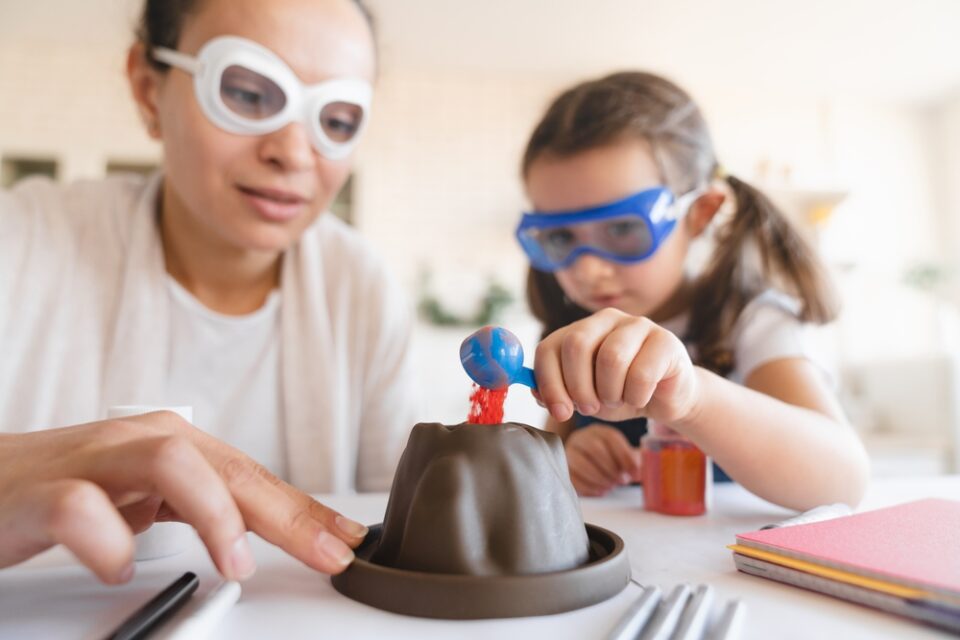
How to Make an Erupting Volcano at Home
If your child is passionate about volcanoes or looking for ideas for their next school science project, this baking soda volcano is the perfect way to bring one of Earth’s most impressive natural phenomena to life at home. It’s also a great opportunity to teach your kid a little chemistry—this experiment uses the reaction between baking soda, citric acid, and water to create a fantastic eruption.
Note: You can also use vinegar and baking soda to create a similar reaction, just like in our fizzy potions experiment.
For this activity, you and your young scientist can use the Little Passports Create + Play: Volcano kit, which includes everything you need to make a stunning (albeit mini) eruption at home, plus an activity that simulates an earthquake, a fun and educational comic-book adventure in Hawai’i, and more. If you choose to assemble the activity on your own, follow the materials list below.

Materials
- Depending on the materials available to you, you may choose to use:
- 4 teaspoons baking soda
- 2 teaspoons citric acid
or
- 1 tablespoon baking soda
- 1 tablespoon dish soap
- ½ cup of vinegar
- Water
- 1 large pack of brown modeling clay
- 1 cup sand
- Miniature plastic trees
- 1 small plastic cup
- Nontoxic glue
- 1 blank piece of paper or cardboard
- Plastic tablecloth
- Toothpick or wooden craft stick
- Marker
Directions
- Spread the plastic tablecloth over your work surface to protect it and place the paper or cardboard on top. Help your child place a small amount of clay in the center of the paper or cardboard. Place the plastic cup right side up on top of the clay. This will hold the cup in place.
- Knead and stretch the remaining clay until it is long enough to wrap around the cup. Cover the cup with clay to create the shape of a mountain. Next, fold the clay over the cup’s lip and pinch the sides of the mound to form ridges along the sides of your DIY volcano.
- Dab glue onto the bottom of the plastic trees and spread it around the island’s base. Help your child stick the trees around the bottom of the volcano and pour sand over the wet glue around the base. Let it dry overnight.
- If using citric acid: Add the baking soda and citric acid to the cup at the center of the volcano. Have your child stir the dry ingredients together with a toothpick or craft stick. If using vinegar: Pour the baking soda into the cup at the center of the volcano. Add the dish soap and 2 tablespoons of water and mix thoroughly.
- Pour water (if using citric acid) or vinegar (if using vinegar and baking soda) into the top of the volcano. The ingredients will react to create carbon dioxide gas and make the volcano bubble and “erupt.”
- When the volcano has finished its grand show, help your young scientist use a marker to draw a line where the “lava” flow ended on paper or cardboard. This line represents the new rock that forms after the eruption.
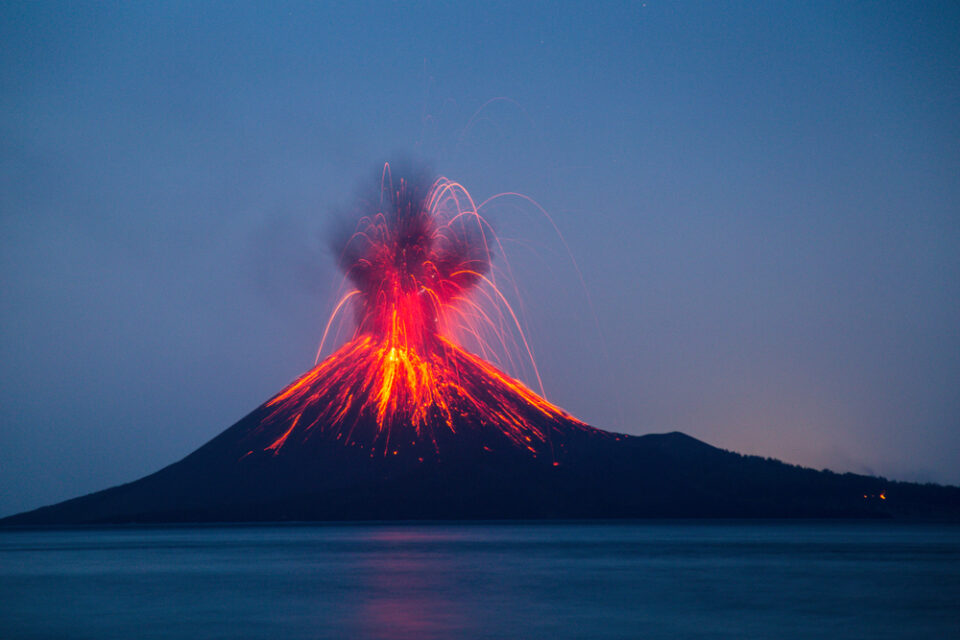
Discover the World’s Natural Wonders
Making a homemade volcano is just one way to get your child interested in real volcanoes and other incredible marvels of our world. A volcano experiment is just one of three fun science activities in Little Passports’ Weather Lab, for example. With this kit, your child will also learn to create a tornado and DIY snow. Or your young scientist can spark a lifelong love of science while discovering volcanology, physics, oceanography, and more with the hands-on experiments in our award-winning monthly Science Junior subscription.

